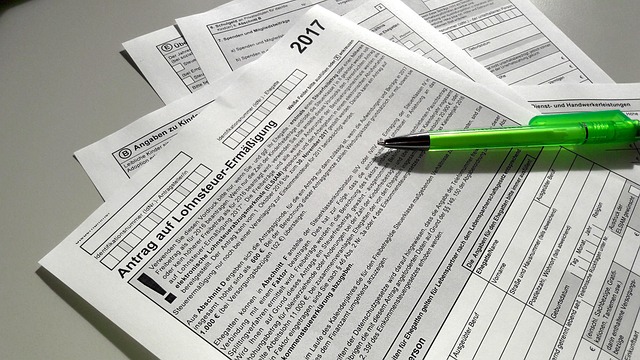Revamping Your Finances: How to Cut Unnecessary Expenses in the New Year
As the New Year rolls in, many of us reflect on our lives, setting resolutions and goals that promise to better ourselves. Among these resolutions, financial health often takes center stage—a commitment to manage our money wisely and pave the way for a more secure future. However, embarking on this journey requires more than just good intentions; it’s essential to focus on avoiding unnecessary expenses that can derail your financial goals.
Imagine this: a fresh start, a new you, and a lifestyle that aligns with your economic aspirations. You dream of a life where you no longer stress about bills but instead enjoy the fruits of your labor. It’s time to take control by identifying and eliminating those sneaky expenses that eat away at your budget. Here are some actionable steps to get you started.
1. Assess Your Current Spending
Begin by tracking your expenses for a month. Use apps, spreadsheets, or good old-fashioned pen and paper—whatever works best for you. This exercise is eye-opening and will help you pinpoint where your money is going. You may find that recurring subscriptions, dining out, or impulse purchases are taking a bigger bite out of your budget than you realized.
2. Identify Non-Essential Expenses
After assessing your spending habits, categorize your expenses into essentials and non-essentials. While groceries and rent are necessary, items like subscription services or premium coffee can often be cut or scaled back. Think about which expenses truly contribute to your quality of life. This exercise not only emphasizes avoiding unnecessary expenses, but it also encourages you to think critically about what brings value to your daily routine.
3. Set Specific Financial Goals
As you aim for a new financial lifestyle, set specific goals—like saving $100 a month or paying off a credit card by June. Write these goals down, and place them somewhere visible to keep yourself motivated. Having a clear target in mind will help you resist the urge to overspend.
4. Create a Realistic Budget
Armed with data from your spending assessment and defined goals, it’s time to create a budget that reflects your new lifestyle. Include all of your essential expenses and allocate a set amount for non-essentials. Be realistic—allow yourself a small indulgence now and then to avoid feeling deprived.
5. Embrace a “No-Spend” Challenge
Consider implementing a “no-spend” challenge for a week or even a month. This initiative will help you become more mindful of your spending habits and reveal how much you can truly save. Challenge yourself to find free entertainment options—like hiking, visiting free local events, or spending quality time with friends and family at home.
6. Reevaluate Regularly
Make it a habit to revisit your budget and financial goals regularly. Life changes, and so should your financial strategies. By consistently evaluating your expenses, you can continue to avoid unnecessary expenses and adapt your budget as needed.
This New Year, make a commitment to not just revamp your finances, but to transform your entire lifestyle around cultivating financial well-being. Each small change you make in your spending habits accumulates, paving the way for a more prosperous and peaceful year ahead. The journey toward financial security starts with the choices you make today—choose wisely!



